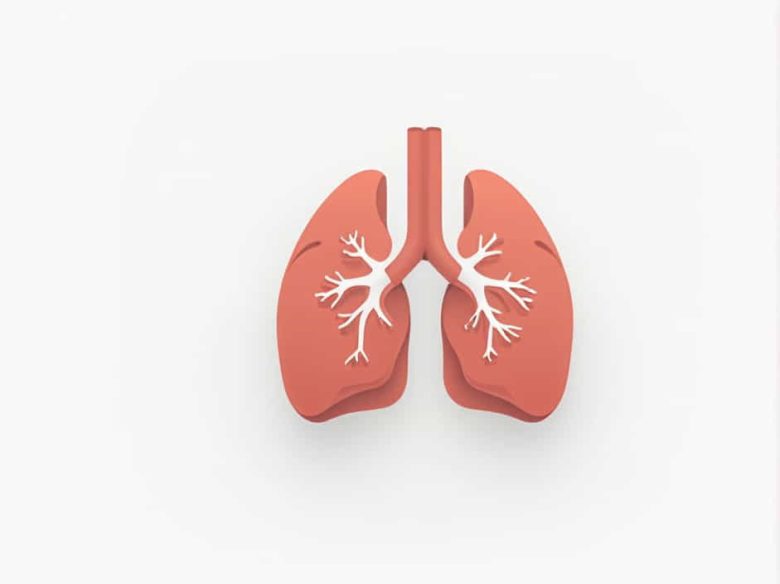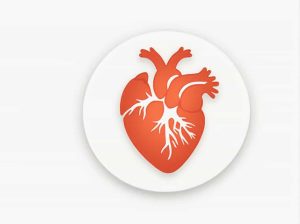The human body is made up of complex organ systems that work together to maintain life. Two essential organs the lungs and kidneys play crucial roles in removing waste and maintaining balance in the body. The lungs are responsible for gas exchange while the kidneys filter the blood and remove toxins.
One of the key similarities between these organs is the presence of microscopic structures that facilitate their primary functions. In the lungs the alveoli enable efficient gas exchange. In the kidneys the nephrons specifically the glomeruli perform a similar function by filtering blood.
This topic explores how the glomeruli in the kidneys are analogous to the alveoli in the lungs highlighting their structure function and importance in maintaining homeostasis.
Understanding the Role of Alveoli in the Lungs
The lungs are responsible for oxygenating the blood and removing carbon dioxide. This process takes place in tiny air sacs called alveoli.
Structure of Alveoli
- Alveoli are small balloon-like sacs located at the end of the bronchioles.
- They have thin walls to allow easy gas exchange.
- They are surrounded by capillaries that transport oxygen to the blood and remove carbon dioxide.
Function of Alveoli
- When we inhale oxygen enters the alveoli and diffuses into the blood.
- When we exhale carbon dioxide from the blood diffuses into the alveoli and is expelled from the body.
Alveoli maximize efficiency by providing a large surface area for gas exchange similar to how the glomeruli in the kidneys maximize filtration.
What in the Kidneys Is Analogous to Alveoli?
In the kidneys the glomeruli serve a function comparable to that of the alveoli. They are the primary filtration units responsible for removing waste and excess fluids from the blood.
Structure of Glomeruli
- The glomerulus is a network of tiny blood vessels (capillaries) located within the nephron the functional unit of the kidney.
- Like alveoli glomeruli have thin walls that allow selective filtration.
- Surrounding the glomerulus is the Bowman’s capsule which collects the filtered fluid.
Function of Glomeruli
- Blood enters the glomerulus under pressure.
- Filtration occurs allowing water ions and waste products to pass into the Bowman’s capsule.
- Essential substances like proteins and blood cells are retained in the bloodstream.
- The filtered fluid continues through the nephron where nutrients and water are reabsorbed and waste is excreted as urine.
Similarities Between Alveoli and Glomeruli
The alveoli in the lungs and the glomeruli in the kidneys share several key similarities making them analogous structures in their respective organs.
1. Thin-Walled Structures for Efficient Exchange
- Alveoli and glomeruli both have thin membranes that facilitate the exchange of gases or fluids.
- This selective permeability ensures that only necessary substances pass through while keeping larger molecules inside.
2. Large Surface Area for Maximum Efficiency
- The lungs contain millions of alveoli increasing the surface area for gas exchange.
- Similarly each kidney contains about one million nephrons with each glomerulus maximizing filtration capacity.
3. Close Association with Capillaries
- Alveoli are surrounded by pulmonary capillaries that allow oxygen to enter the blood and carbon dioxide to exit.
- Glomeruli are surrounded by glomerular capillaries which filter blood and remove waste products.
4. Essential for Homeostasis
- Alveoli maintain the balance of oxygen and carbon dioxide in the body.
- Glomeruli regulate fluid balance electrolyte levels and waste removal to keep the body functioning properly.
Key Differences Between Alveoli and Glomeruli
Despite their similarities alveoli and glomeruli serve different physiological purposes and operate under different mechanisms.
1. Function
- Alveoli facilitate the exchange of gases (oxygen in carbon dioxide out).
- Glomeruli filter blood plasma removing toxins and excess fluids.
2. Mechanism of Action
- Alveoli rely on diffusion for gas exchange where gases move based on concentration gradients.
- Glomeruli use pressure filtration where blood is forced through a membrane to separate waste from essential components.
3. Final Output
- The alveoli release carbon dioxide which is expelled through exhalation.
- The glomeruli produce urine which is processed by the kidneys and excreted from the body.
Why This Comparison Matters
Understanding the similarities between alveoli and glomeruli helps in:
- Recognizing how the body efficiently manages both gas exchange and waste filtration.
- Identifying potential diseases affecting these structures such as chronic kidney disease (CKD) or pulmonary fibrosis.
- Enhancing medical approaches to treating lung and kidney disorders.
Common Diseases Affecting Alveoli and Glomeruli
Diseases Affecting Alveoli
- Pneumonia – Infection that inflames alveoli leading to fluid buildup and difficulty breathing.
- Chronic Obstructive Pulmonary Disease (COPD) – Damage to alveoli reduces oxygen exchange.
- Pulmonary Fibrosis – Scarring of lung tissue making alveoli stiff and less efficient.
Diseases Affecting Glomeruli
- Glomerulonephritis – Inflammation of glomeruli reducing kidney function.
- Diabetic Nephropathy – High blood sugar damages glomeruli leading to kidney disease.
- Hypertensive Nephropathy – High blood pressure strains glomeruli reducing filtration efficiency.
How to Keep Alveoli and Glomeruli Healthy
Maintaining lung and kidney health is crucial for overall well-being. Here are some tips:
1. Maintain a Healthy Diet
- For the lungs: Eat foods rich in antioxidants such as fruits and vegetables to protect alveoli.
- For the kidneys: Reduce salt and processed foods to prevent kidney strain.
2. Stay Hydrated
- Drinking plenty of water supports kidney function and helps remove toxins.
- Proper hydration also keeps mucus thin in the lungs improving oxygen exchange.
3. Avoid Smoking and Pollutants
- Smoking damages alveoli reducing lung function.
- Toxins in cigarettes also harm the kidneys increasing the risk of kidney disease.
4. Exercise Regularly
- Aerobic activities improve lung capacity and keep alveoli functioning well.
- Physical activity enhances kidney circulation promoting better filtration.
5. Control Blood Pressure and Blood Sugar
- High blood pressure damages both glomeruli and alveoli.
- Uncontrolled diabetes can lead to kidney disease and reduce lung function.
The glomeruli in the kidneys are analogous to the alveoli in the lungs due to their shared role in exchange and filtration. Both structures have thin membranes work closely with capillaries and are essential for maintaining homeostasis.
Understanding their similarities and differences helps in recognizing potential health risks and adopting preventive measures to keep both the kidneys and lungs functioning optimally.



